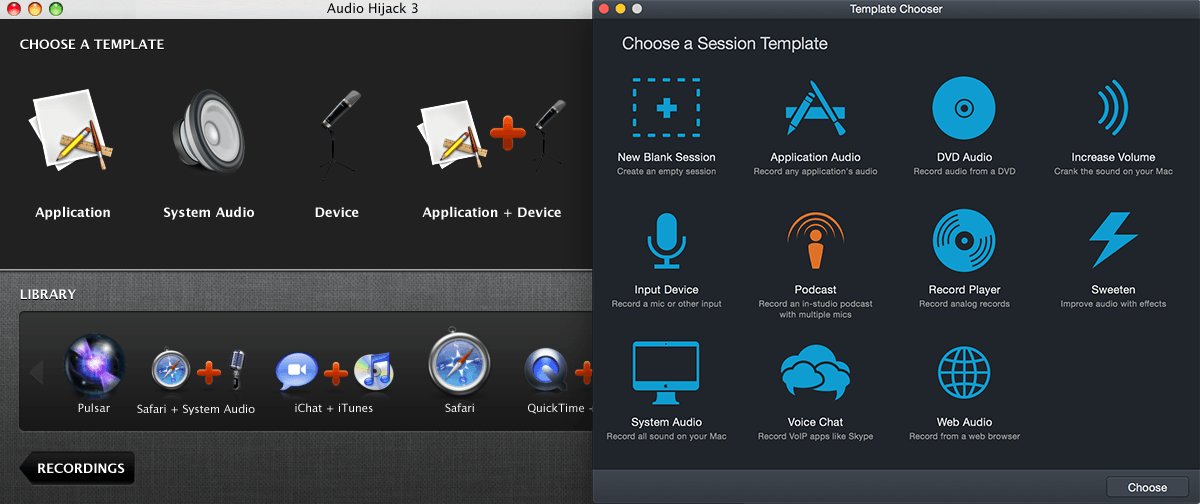

- #AUDIO HIJACK PRO FOR WINDOWS HOW TO#
- #AUDIO HIJACK PRO FOR WINDOWS CRACKED#
- #AUDIO HIJACK PRO FOR WINDOWS UPDATE#
A ransom demand message is displayed on your desktop. Threat Summary: NameĪvast (Win32:RansomX-gen ), AVG (Win32:RansomX-gen ), ESET-NOD32 (A Variant Of Win32/GenKryptik.FMKI), Kaspersky (UDS:), Microsoft (Trojan:Win32/Sabsik.FL.B!ml), Full List Of Detections (VirusTotal)Ĭannot open files stored on your computer, previously functional files now have a different extension (for example, my.docx.locked). They inject/install unwanted or even malicious software.
#AUDIO HIJACK PRO FOR WINDOWS UPDATE#
These tools never update or fix any software.

Files downloaded from untrustworthy sources infect computers when users open/execute them.įake updaters are promoted mostly on deceptive websites. It is very common for these tools to be designed with the purpose to distribute malware. Software cracking tools are supposed to illegally activate legitimate software (bypass software activation without having to pay for it). Users infect computers via emails by opening malicious attachments or files downloaded via websites in those emails.
#AUDIO HIJACK PRO FOR WINDOWS CRACKED#
Users infect computers with ransomware through emails, software cracking tools (or installers for cracked software), downloads from unreliable sources, fake updaters, certain Trojans. More ransomware examples are Piton, Maql, and Cybelium.
#AUDIO HIJACK PRO FOR WINDOWS HOW TO#
Typically, it provides instructions on how to contact the attackers, purchase a decryption tool. Ransomware is a form of malware that blocks access to files and keeps them inaccessible until a ransom is paid. Otherwise, more files might get encrypted or computers infected. Also, it is strongly recommended to remove ransomware from infected computers as soon as possible. Thus, it is strongly recommended not to pay a ransom. It is important to know that cybercriminals might not send a decryption tool even after the payment. Victims can avoid paying a ransom only if they have a data backup or a free decryption tool is available on the Internet. Usually, it is impossible to decrypt files without tools that only the attackers have. The ransom note mentions that victims have to send a file that does not contain valuable information. It can be sent to the attackers via one of the provided email addresses. The "_readme.txt" file instructs victims to contact the attackers using or email address and encourages them to do it within 72 hours because after 72 hours price of a decryption key and program will increase from $490 to $980.Īlso, victims are offered to get one encrypted file decrypted for free. Screenshot of a message encouraging users to pay a ransom to decrypt their compromised data:

It also creates a ransom note (the " _readme.txt" file) containing contact and payment information. For example, it renames " 1.jpg" to " 1.jpg.zaps", " sample.jpg" to " ", and so on. This ransomware encrypts files and appends its extension (". Zaps belongs to a family of ransomware called Djvu.


 0 kommentar(er)
0 kommentar(er)
